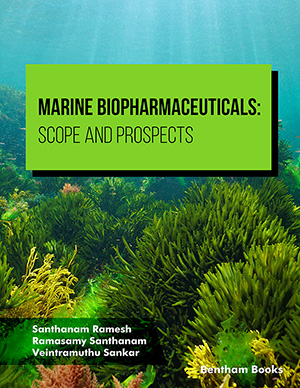Abstract
The prevalence of allergic diseases has increased worldwide during the last two decades. Dietary change is thought to be one of the environmental factors that cause the increase and worsen allergic symptoms. If this is the case, an appropriate intake of foods may substantially prevent the onset of allergic diseases and ameliorate allergic symptoms. Flavonoids, which are plant secondary metabolites and ubiquitously present in vegetables, fruits and teas, possess antioxidant and immune-modulating as well as anti-allergic traits. Flavonoids inhibit the release of chemical mediators, synthesis of Th2 type cytokines such as interleukin (IL)-4 and IL-13, and CD40 ligand expression by mast cells or basophils. Luteolin, apigenin and fisetin are the strongest inhibitors of IL-4 production by basophils with an IC50 value of 2-6 µM while quercetin and kaempferol also have a substantial inhibitory effect with an IC50 value of 15-19 µM. One cohort epidemiological study in Finland found a significantly low incidence of asthma in a population with a high intake of flavonoids. Moreover, intervention studies of flavonoids in various allergic models demonstrated their beneficial effects. Finally, clinical trials of one flavonoid, enzymatically modified isoquercitrin, showed its ameliorative effect on symptoms related to Japanese cedar pollinosis. Although further studies are required, it is expected that an appropriate intake of flavonoids may constitute a dietary menu effective as a complementary and alternative medicine and a preventative strategy for allergic diseases.
Keywords: Allergy, complementary and alternative medicine, dietary treatment, flavonoid, pollinosis, prevention.




























